Wednesday, November 30, 2016
Winter
is a-Comin’ In
by
Joan M. Baril
This article was previously published in Thunder Bay Seniors.
“Get your mind on winter time,”
sings Bob Dylan and, at the end of October, Northern gardeners do just that.
Perennial flower gardeners have a secret prayer. Please weather gods, give me
snow, lots of snow, not wet or icy snow but soft downy stuff to cover my
perennials, my shrubs, my roses, and my bulbs and so insulate them well. And
also, weather gods, send no bitter ten below-zero cold before that snow gets
here!
After
I empty the pots of annuals, and empty and scrub the bird baths, I get down on
my hands and knees, not to pray so much as to creep around the plants looking
for weeds. For sure I’ll find them.
Then I move the
bird feeders closer to the house so that I can see them from the windows. Two feeders
hang on tall metal stakes with hooks on the ends. These get pulled up and moved
closer. The third swings from a peg on the fence. With the feeders close to the
back door, I do not have to put on my snowshoes to fill them up.
I move the bird
food into the house too. It is important to make sure the seed is kept in
covered metal containers or cans. Mice can nibble plastic containers overnight
and then, happy to have found paradise, they may settle in for the winter.
At one time I
despaired of finding covered metal containers until one Christmas I decided to
purchase the large tins holding popcorn or candy available at dollar stores.
These tins were the best buy I have ever made.
Next I plant any
bulbs I forgot about. One November day, I used boiling water to soften the soil
and then dug below the ice layer to plant three big packages of those wonderful
small but indomitable bulbs: scilla, dwarf hyacinths and choinodoxa. All popped
up obligingly in the spring.
Most of my
perennials are Thunder Bay toughies, which have withstood many winters: peonies,
phlox, pink bleeding heart, sedums, monarda, day lilies, delphiniums both tall
and medium, monk’s hood, allium gigantium, lamium, Shasta daisy, arabis, species
clematis, Siberian iris, a few bearded iris, hostas, Preston and French lilacs,
Morden roses, Explorer roses, a Hansa rose, and a few other hardy roses such as
Winnipeg Parks, Pink Grootendorst and the unknown rose which was labeled
Harison Yellow when I bought it; but, which blooms a lovely pink.
Even though we
are in Zone 3, I have had weak moments when I’ve bought Zone 4 plants. I even
tried Austin and tea roses, carrying them through the winter with rose cones
and mounded leaves. Once, after reading some southern Ontario garden magazine,
I followed the instructions and dug a big hole and buried the tender roses.
Yes, all survived but I could tell they were not happy. Spindly droopy things
with few blooms straggled through the summer. Mostly they gave up after a third
winter. And so did I.
Some Thunder Bay
gardens are warmer than others. And within a garden are warmer spots perhaps
protected from those north-west storms. I have a friend who has a lovely
variegated daphne bush (zone 4) which blooms happily in a sunny corner. I
bought mine when she bought hers. Mine succumbed the first winter; hers has
bloomed for six years.
As for the
garden beds, I leave them alone. With a few exceptions such as clematis, I do
not prune the dead stalks. Contrary to accepted belief, this autumn scalping
does not help the plants. However, I know some people must have a neat look until
the snow covers all. I do not want a neat look. I clean up in the spring. In
winter, the garden stays its jungle self.
Why do I do
this?
First, the plant
stalks hold the snow and a good snow cover is the north’s greatest gift to
perennials. I seldom lose a perennial.
Secondly, the unscalped
garden attracts the birds that eat the plant seeds plus the weeds seeds on the
snow, on the patio or on bare patches of ground. They are much more efficient
at weeding than I am. And, they provide a shot of winter joy when it’s too cold
to go outside.
Thirdly, the
dried stalks impart their own winter beauty to the garden. A straight palette
of white is monotonous but to see a chickadee hanging off a sunflower head, to
see siskins scarfing up the black-eyed Susan seeds, watch the finches and red pols
checking out the stock, to observe a flock of cedar or bohemian waxwings working
the crab apple trees, is a gift, the gift of a fourth garden season. Blue shadows
dance on the snow during the short winter days, a reminder of spring to come. The
mountain ash berries glow red under our bright blue winter skies.
There are enough
chores to do in the fall. Let the garden clean up wait until spring.
Subscribe to:
Post Comments (Atom)


















































































































































































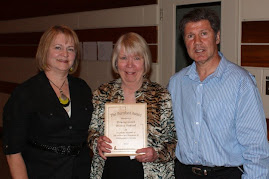









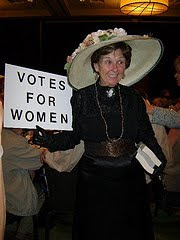





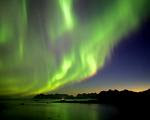














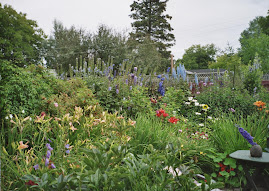

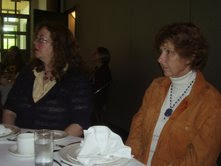



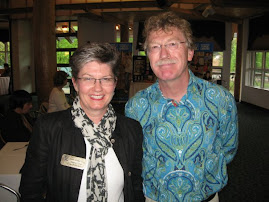


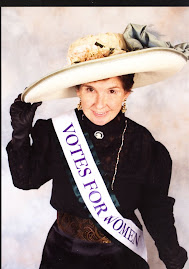




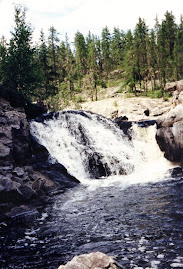




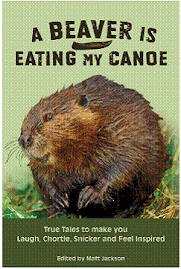



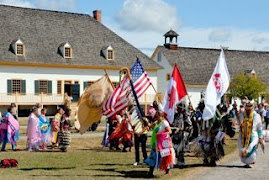

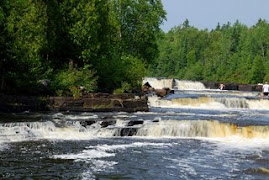





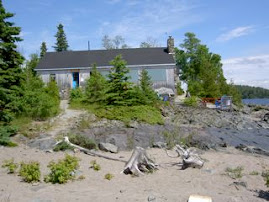
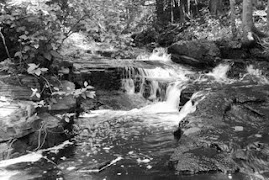

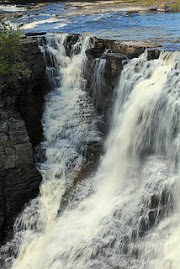



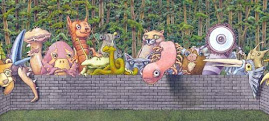
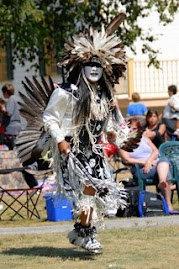
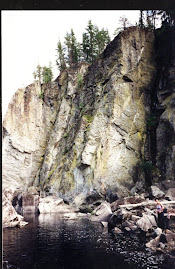




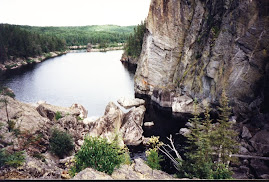
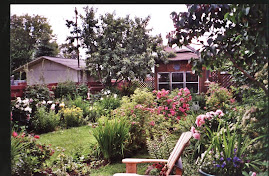






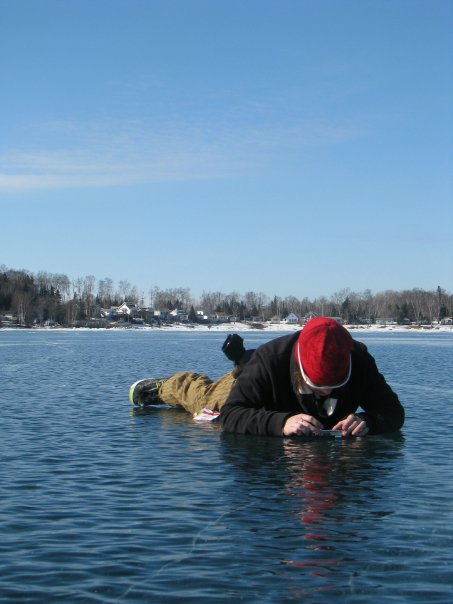

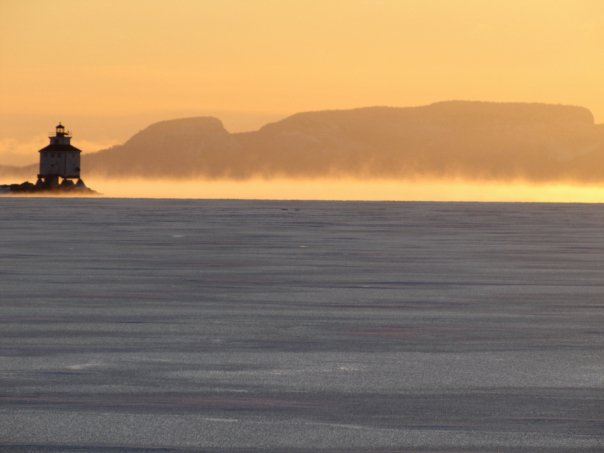

No comments:
Post a Comment